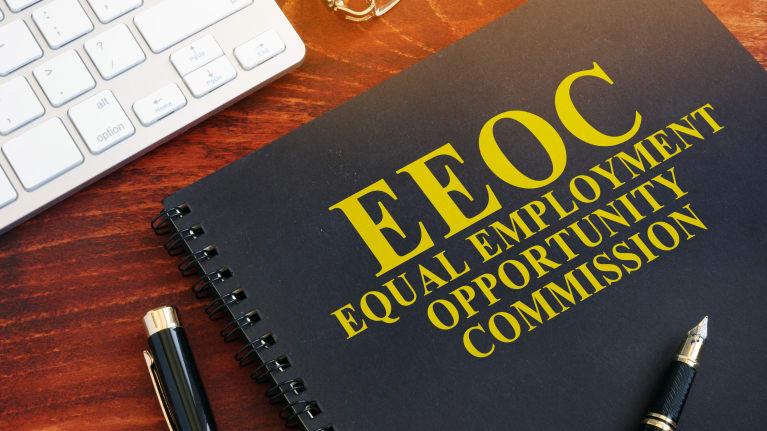

The Equal Employment Opportunity Commission (EEOC) proposed a rule to increase online filings and digital communications between the agency and private-sector parties.
The proposed regulatory changes are largely a part of an ongoing effort to fully implement digital charge-handling and related communications, both with employers and the employees who file charges, said Randy Coffey, an attorney with Fisher Phillips in Kansas City, Mo.
The EEOC enforces federal laws that prohibit employment discrimination, such as the Americans with Disabilities Act, Age Discrimination in Employment Act and Title VII of the Civil Rights Act of 1964. For most businesses, Coffey said, the proposed rule simply means that employers should know that the EEOC intends to conduct through its online portal most of its routine business, including the transmission of documents such as charge notices, position statements, determinations, and other inquiries and responses.
“The proposed rule changes recognize the increasing reliance on digital technology by the EEOC and its stakeholders,” the agency announced Feb. 21.
“I think the practical impact of the changes made by the proposed rule … will be minimal,” said Jim Paretti, an attorney with Littler in Washington, D.C. The proposal appears primarily designed to bring the agency’s regulations in line with current practices used through the digital charge-processing system, he added.
[SHRM members-only toolkit: Managing Equal Employment Opportunity]
Clarifying the No-Cause Notice
The proposed rule also includes a few modifications to documents that the EEOC issues, Coffey noted. For example, the EEOC’s “Dismissal and Notice of Rights” form would be modified.
After an investigation, the agency sends the form to a charging employee if no cause for a discrimination claim was found. Employees still have the right to file a lawsuit in court after such a determination.
Currently, the dismissal notice states that the EEOC is not making a determination “as to any other issues that might be construed as having been raised” by a charge of discrimination.
The proposed rule states that some parties have misunderstood the no-cause determination, and the update would more clearly communicate that it doesn’t mean the claim has no merit.
“The purpose of this proposed amendment is to ensure that charging parties, respondents and courts understand that the extent of an EEOC investigation can vary widely from charge to charge, and therefore should not be viewed as a final evaluation of whether discrimination occurred or is occurring,” according to the proposed rule.
“I don’t see anything particularly objectionable from an employer’s perspective,” Paretti said.
Coffey noted that this isn’t really a change so much as a clarification that the EEOC is not making a finding on the merits of the charge it is dismissing.
“These revisions should minimize confusion regarding the EEOC’s position with respect to the merits of a charging party’s claims, perhaps prompting some who would not have otherwise done so to exercise their right to sue,” said Keith Kopplin, an attorney with Ogletree Deakins in Milwaukee. The other changes to the regulations are mostly technical and procedural modifications that relate to the timeliness of charge filings when a state agency is involved, he added.
‘Efficient Processing’
“The EEOC’s digital charge system makes the EEOC more accessible and more transparent to the public,” said Victoria A. Lipnic, the agency’s acting chair. “We encourage the public to provide candid feedback on these updates to our procedural rules as part of the agency’s move to online services.”
The proposed rule is open to public comment at www.regulations.gov for 60 days from the publication date (Feb. 22).
“On the whole, I’d say the proposed rule falls under the category of good government and is intended to continue momentum for the efficient processing of charges and appropriate inventory reduction that has been a focus of the acting chair throughout her tenure,” Paretti said.

